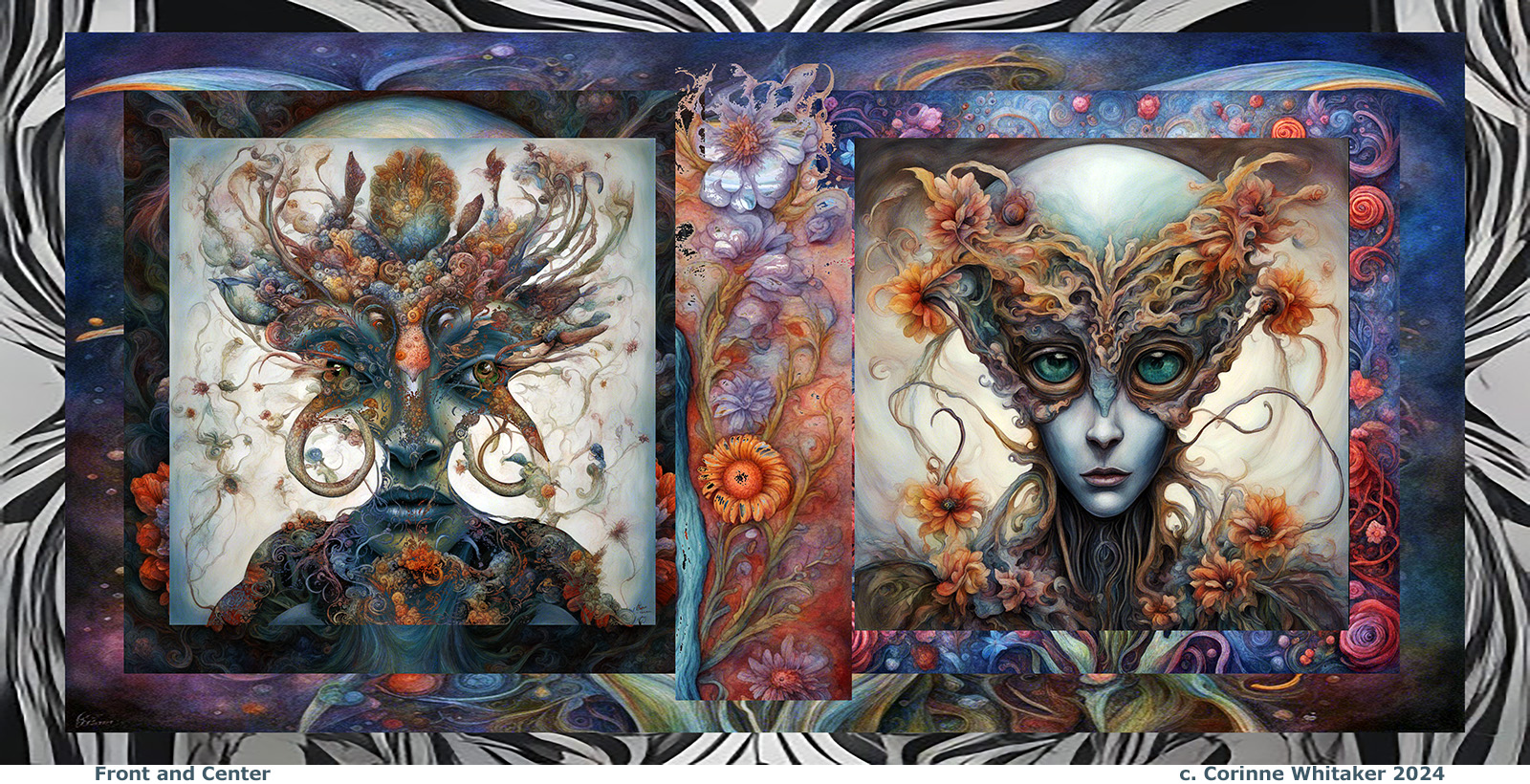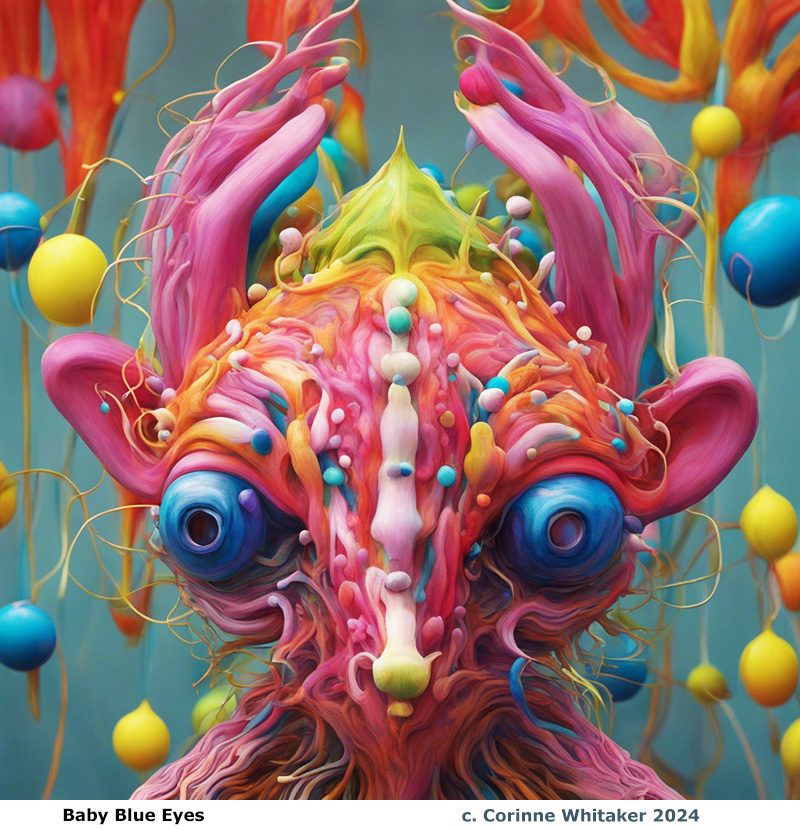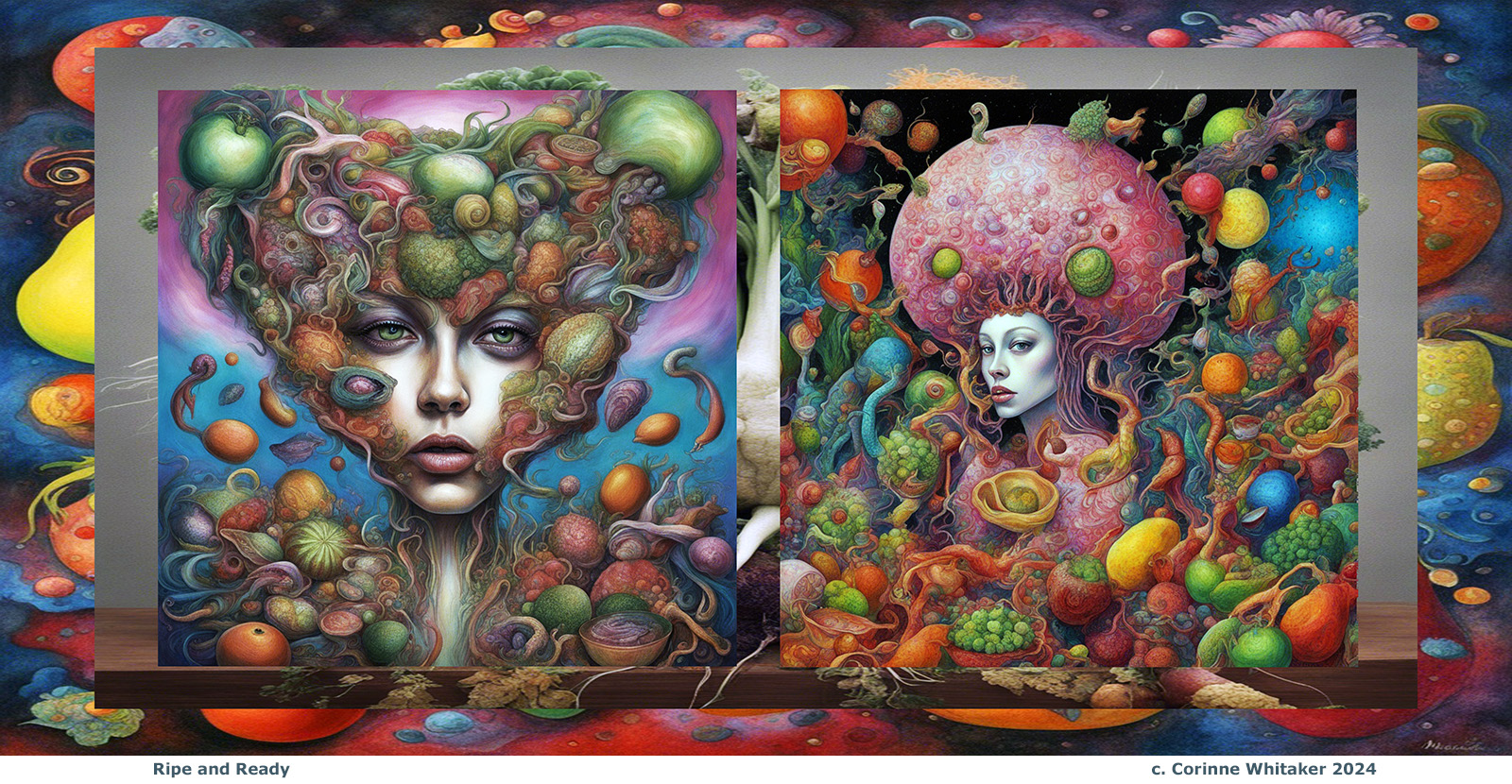
Negatories and Positations

We humans are a loud bunch, aren't we?
Clashes and crashes.
Noise pollution and toxic interactions.
Apple's new iPad advert appears to crush creatives under the weight of technology. Perhaps this approach taps into how some people feel about high-tech generally. Yesterday looks comforting when we contemplate tomorrow. Nostalgia wears a crown.
46 years ago I was confronted with these fears when submitting digital art for exhibition. It's not art: it's machine- made. At best it is computer -generated.
Was Picasso's art brush-generated?
I thought I had become inured to the slings and arrows of outrageous trepidations. Yet recently a museum executive repeated those same accusations to me. Real art is made by hand. Therein lies value.
Worse, I was accused of being an iconoclast. The word sounded vaguely negative until I looked it up. I discovered that it is distinctly negatory: I had apparently burned down the Church of the True Believers.
I must admit I was shaken.
So this month I am going all-out with digital imaging, an in-your-face approach. See our cover image , "Quing", if you doubt me.
These images, which appear so strange to some, are in fact quite familiar by another name. Think of Hollywood, with sci-fi films, awards for visual effects. Think of cartoon characters, which some of these creatures resemble.

Adam Kirsch, writing in The Guardian, wrote: "We have always suffered from metaphysical claustrophobia - the sense that a cosmos containing no minds but our own was intolerably narrow. That is why, since prehistoric times, humans have populated Earth with other kinds of intelligences - from gods and angels to fairies, forest-spirits and demons." (1)
Apparently calling them paintings arouses deep unease. Paintings are supposed to be "pretty". (Goya? Francis Bacon? ) I call them paintings because they represent a mark on a surface, hand and brain and insight and training leaving a legacy of what it means to be human in the 21st century.
The same misgivings were once aimed at the camera. Anyone can snap a photo. Machine-made and open to copy. It took 150 years for photography to be understood as a fine art, as a new language to comprehend the world. "Reading" a photograph meant learning to see in a new way.
New inventions tend to be disturbing. AI can be compared to the atom bomb - it is potentially catastrophic. The danger lies in all of us, in our refusal to allow common sense and good judgement to prevail. Rather, greed and malevolence are crowding the air waves.
Artists use tools, all available tools, to express what they see happening. Name-calling, brain shut-down, denial won't erase the reality swirling around us. Nothing is immune to these changes, not education, not jobs, not social interaction, not art. It is essential to allow the new and wild to test their wings and challenge our certainties.
Today we are seeing an outburst of spectacular new imaging around the world. Look at this presentation of an exhibition being held in Portugal this month, a glorious display.
No, art is not immune.
Fortunately.

c. Corinne Whitaker always...maybe
(1)The Guardian, Adam Kirsch, 5.30.23
front page , new paintings, new blobs, new sculpture, painting archives, blob archives, sculpture archives, photography archives, Archiblob archives, image of the month, blob of the month, art headlines, technology news, electronic quill, electronic quill archives, art smart quiz, world art news, eMusings, eMusings archive, readers feast, whitaker on the web, nations one, meet the giraffe, studio map, just desserts, Site of the Month, young at art,
want to know more about the art?
email: giraffe@giraffe.com
about the artist?
copyright 2024 Corinne Whitaker
